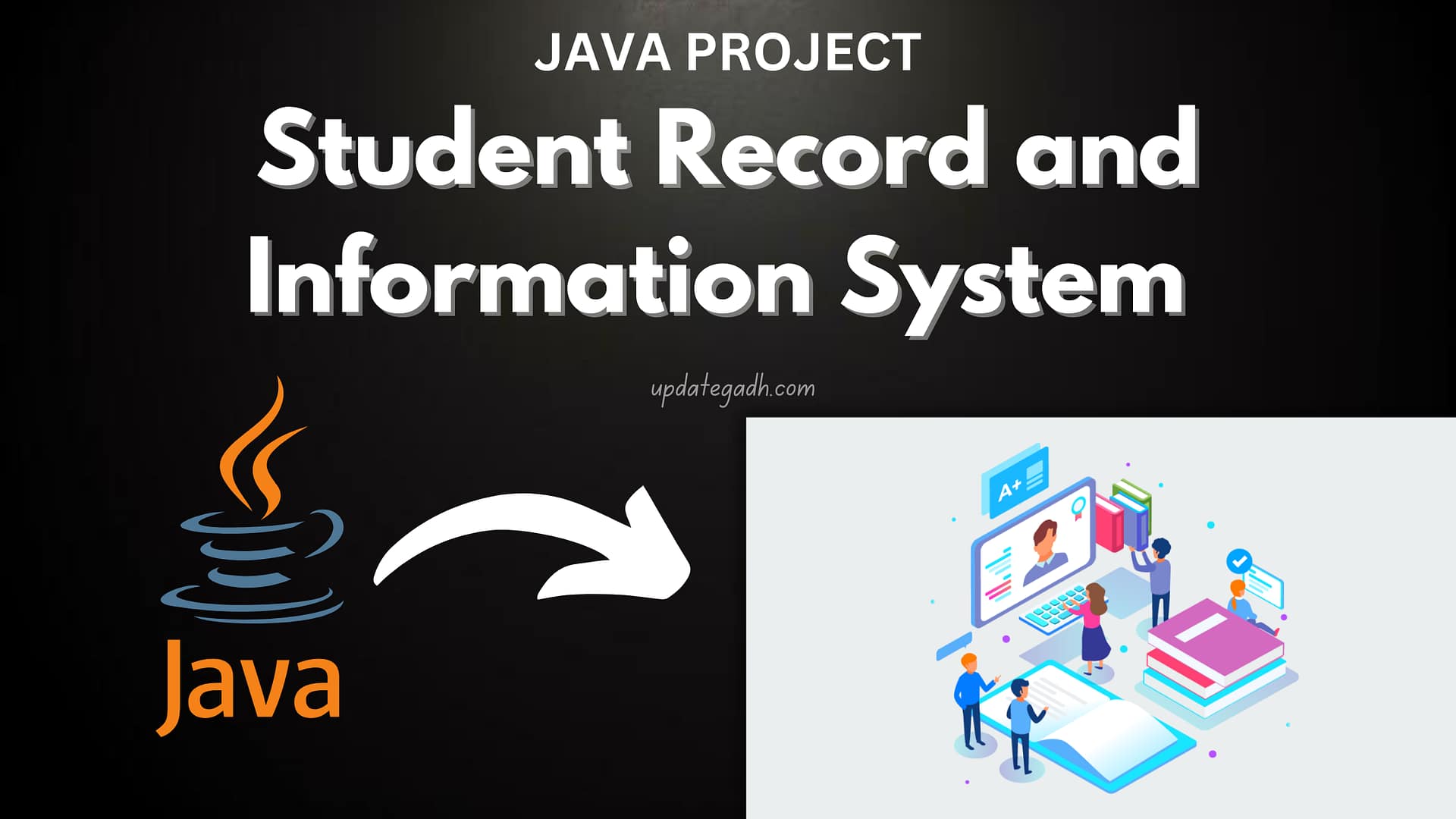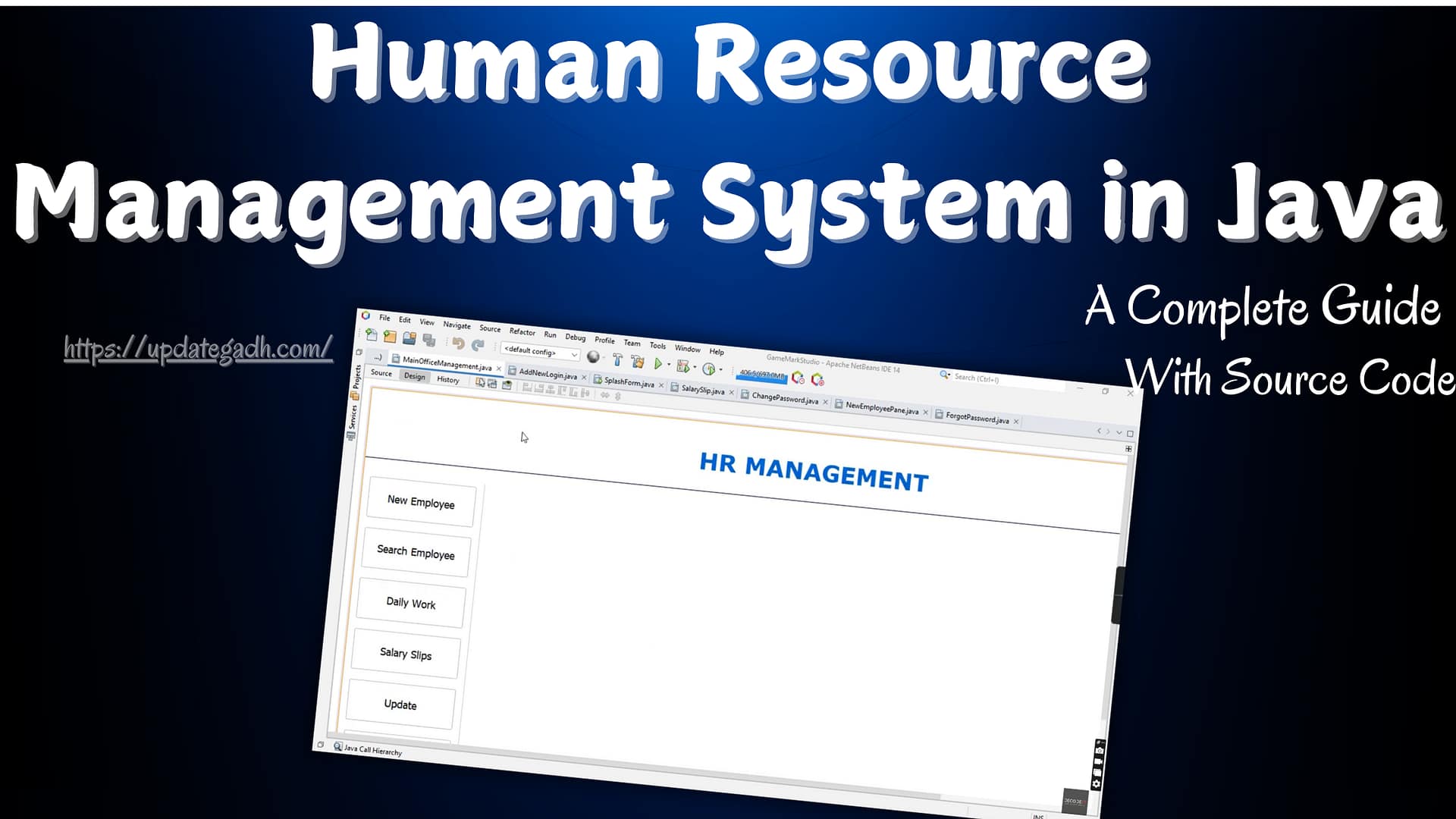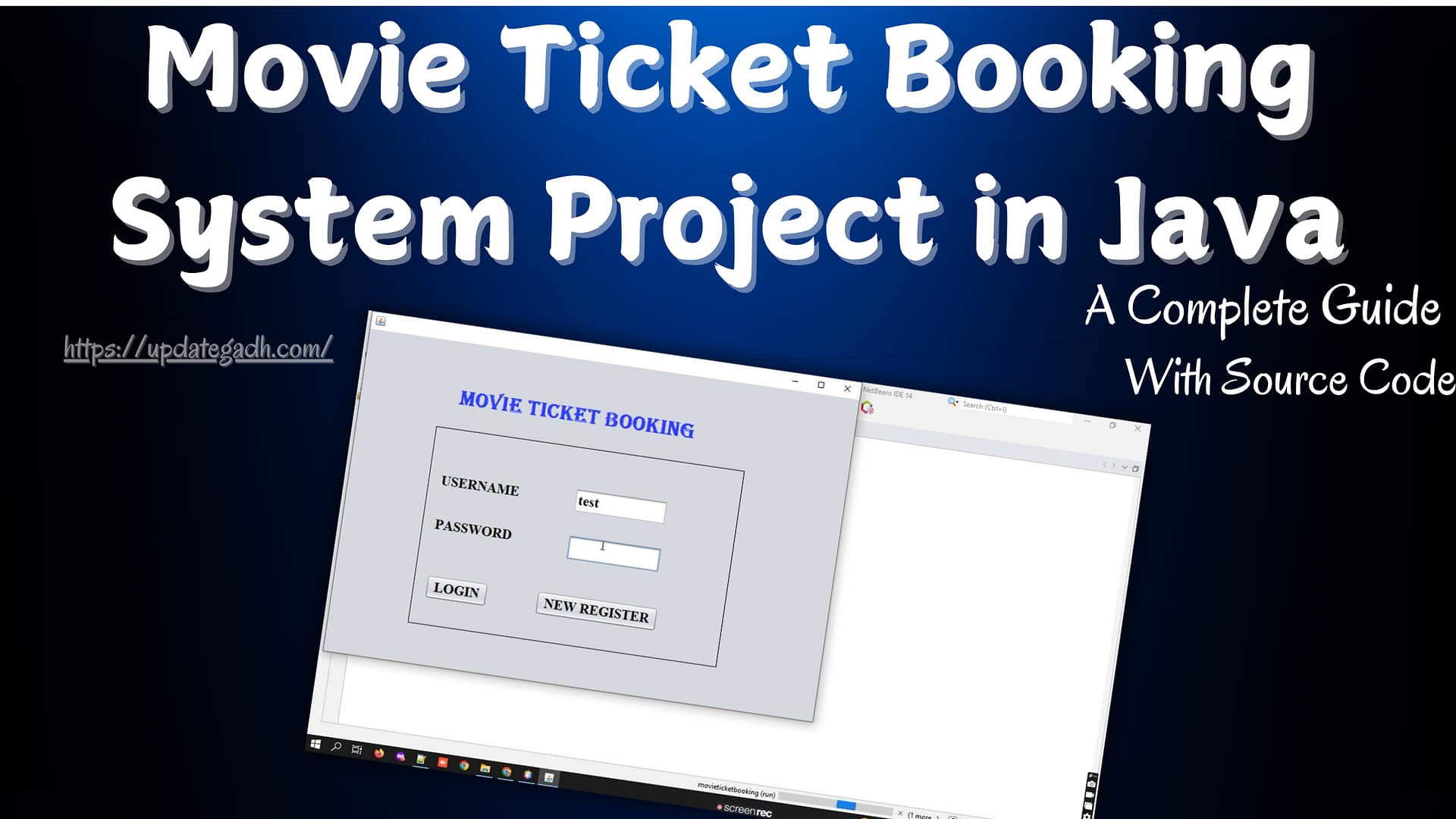
Bank Management System in Java + MySQL
Bank Management System in Java
Making a Bank Management System (BMS) using Java and MySQL is a great project for learning programming, database use, and how to design systems.This app can do basic banking tasks like handling customer accounts, checking balances, and keeping track of transactions.In this guide, we’ll go step by step (without writing code) so you can understand how each part works. After that, you’ll be ready to build it on your own.
Core Features
A functional Bank Management System generally includes:
- Account Creation: Allowing new customers to register and open accounts with necessary personal information.
- Balance Inquiry: Providing account holders the ability to check their account balance.
- Deposit and Withdrawal: Enabling customers to deposit and withdraw money, with automatic balance updates.
- Account Management: Allowing customer data to be reviewed and updated as needed.
- Transaction History: Maintaining records of all transactions for each account.
With these in mind, let’s get started!
Download New Real Time Projects :-Click here
Setting Up Java and MySQL
- Install Java and MySQL: Ensure you have Java (JDK) installed on your system, as well as MySQL for your database needs. Verify Java installation by running a version check.
- Download JDBC Driver: The Java Database Connectivity (JDBC) driver for MySQL allows Java to communicate with MySQL. Download this driver from the official MySQL website.
- Set Up MySQL Database: Launch MySQL and create a new database for your bank system, which you can name something like
BankDB. This will store all data related to your banking system.
Designing the Database
The database is the backbone of the Bank Management System, where all customer, account, and transaction data are stored. In MySQL:
- Create a Database: Start by creating the main database,
BankDB. - Define Tables:
- Customer Table: This table will store details about each customer, such as name, contact, and address.
- Account Table: Here, you’ll store account information, including account IDs, customer IDs (to link with the Customer table), and the balance for each account.
- Transaction History Table: This table records all deposits, withdrawals, and transfers, including the transaction type, amount, and date.
The structure ensures that customer information is linked with accounts and every transaction is documented, creating a reliable system.
Setting Up a Java Project
- Create a New Java Project: Using an Integrated Development Environment (IDE) like Eclipse or IntelliJ IDEA, create a new Java project.
- Add the JDBC Driver: Include the JDBC driver library in your project so that your Java application can interact with the MySQL database.
- Create Database Connection: You’ll need to create a connection between Java and MySQL by specifying your database URL, username, and password in a configuration file or a separate class. This connection is crucial for performing database operations from within Java.
Implementing Core Functionalities
Now, let’s go over how to implement the main functions without diving into code. Each function will involve performing SQL queries within Java.
1. Account Creation
- When a user chooses to create a new account, prompt them to provide personal information like name, contact details, and address.
- Add this information to the
Customertable and create a new entry in theAccounttable with an initial balance. - Linking the Customer and Account tables through a customer ID ensures each account is associated with the right customer.
2. Balance Inquiry
- When a customer wants to check their balance, your program should retrieve the balance data from the
Accounttable. - You’ll write a query to fetch the balance based on the account ID, then display it to the user.
3. Deposit and Withdrawal
- For a deposit, the program prompts the user to enter the amount. It then updates the account balance in the database and records the transaction in the
Transaction Historytable. - For a withdrawal, the program first checks if the balance is sufficient. If the account has enough funds, it deducts the withdrawal amount and updates the account balance. The withdrawal is also recorded in
Transaction History.
4. Transaction History
- The transaction history feature allows customers to view a list of their past transactions.
- You’ll retrieve all transactions for a specific account ID from the
Transaction Historytable and display each transaction’s type, amount, and date.
Building a Simple Interface
If you want a basic console-based interface:
- Menu System: Design a command-line menu where users can select options like “Create Account,” “Deposit,” “Withdraw,” “Check Balance,” and “View Transactions.”
- User Prompts: Provide clear prompts for each option. For instance, if a user selects “Deposit,” ask for the account ID and deposit amount, then process the deposit.
Alternatively, if you want to enhance the user experience, you can create a graphical interface (GUI) using Java’s Swing or JavaFX. This will add buttons and input fields, making the system more intuitive.
Testing Your Bank Management System
Testing each feature is essential to ensure it functions as expected. Here’s a simple test checklist:
- Account Creation: Verify that creating an account adds a customer to the
Customertable and creates a corresponding account with an initial balance in theAccounttable. - Balance Inquiry: Confirm that querying an account ID returns the correct balance.
- Deposit and Withdrawal: Ensure that deposits add to the balance and withdrawals subtract from it correctly, updating the
Transaction Historyaccurately. - Transaction History: Verify that each transaction appears in the history log with accurate details.
Securing and Finalizing
- Data Security: Consider data encryption for sensitive information, especially if deploying in a real-world setting.
- Error Handling: Implement error handling to manage incorrect user input, database connection issues, or low balances in withdrawal scenarios.
- Documentation: Document the code, user instructions, and any setup steps clearly, so others can use and expand on your system if needed.
https://updategadh.com/category/php-project



Contact Us to Get the Source Code:
If you need the source code for the Bank Management System in Java + MySQL , feel free to reach out through any of the provided contact methods.
- Remotely Setup Project.
- The Full project files
- Database.
- Step-by-step configuration tutorial.
bank management system project in java with source code bank management system project in java pdf Bank Management System in Java bank management system project in java spring boot bank management system project in java with database bank management system project in java github bank management system project in java ppt Bank Management System in Java Bank Management System in Java + MySQL bank management system project in java using gui
simple java program for bank account deposit/withdraw bank management system in java pdf Bank Management System in Java + MySQL Bank Management System in Java Bank Management System in Java bank management system in java with source code
simple java program for bank account deposit withdraw







Post Comment